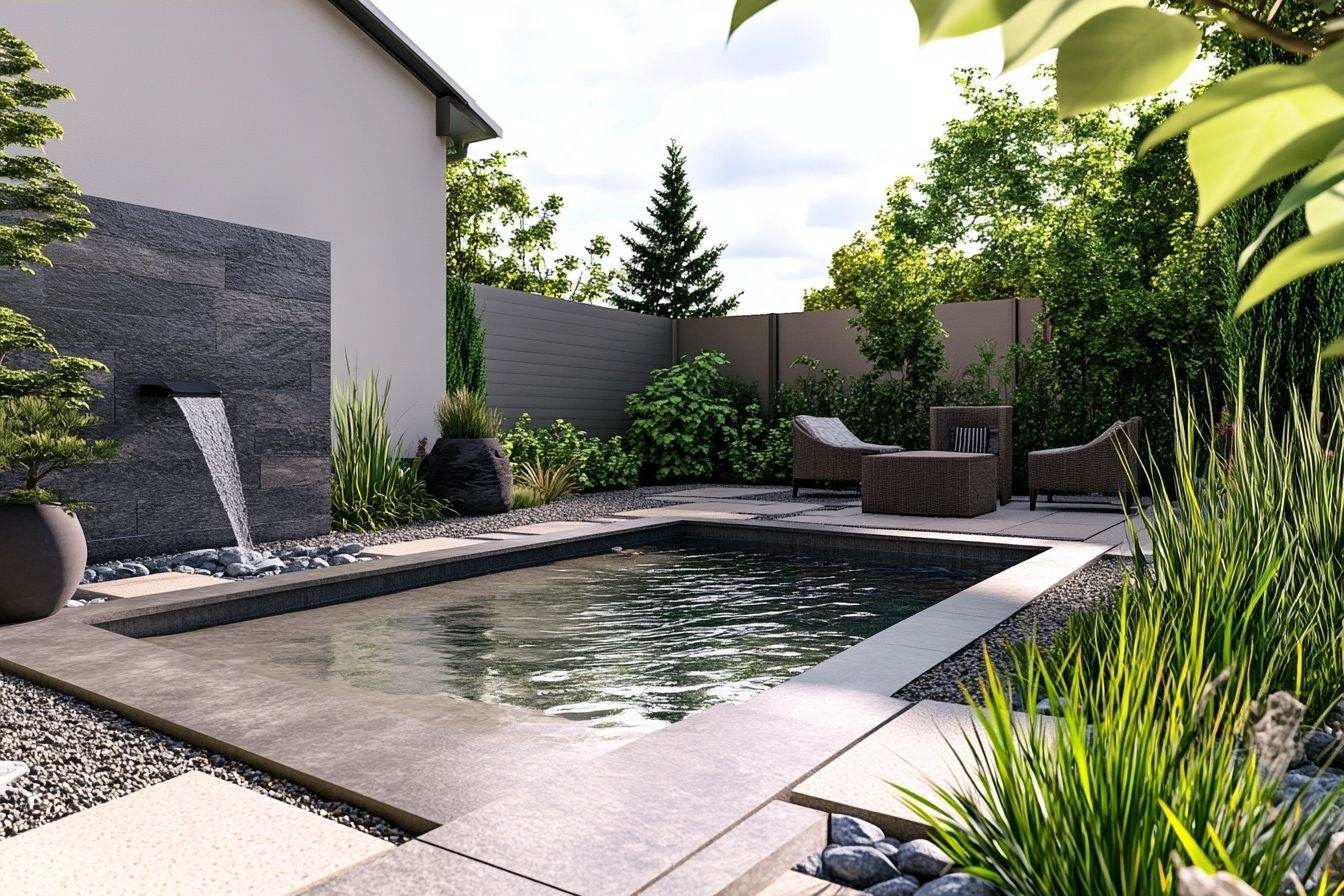Garden Fountains: Design, Placement, and Care
A garden fountain can add movement, sound, and a focal point to outdoor spaces while supporting local birds and insects. Whether you’re considering a modest tabletop water fountain or a larger landscape feature, understanding style, placement, materials, and maintenance helps ensure the fountain complements the garden and performs reliably over time.

What styles of water fountain suit a garden?
Garden water fountains come in many styles, from classical tiered bowls and urns to minimalist bowls, modern spouts, and naturalistic ponds. Consider scale and sightlines: a compact fountain suits a small courtyard while a layered or pond-style fountain fits broader landscapes. Materials and finishes influence visual weight—stone or concrete reads heavier, while copper and glazed ceramic feel lighter. Think about sound profile as well: a gentle trickle creates a subtle ambiance, while cascading tiers produce more pronounced white noise. Choose a style that aligns with your garden’s architecture and the atmosphere you want to create.
Where to place a garden fountain in your outdoor space?
Placement affects visual impact, accessibility, and how the sound carries through the outdoor area. Common locations include a central patio, a tucked corner for private seating, or near entry paths where passing visitors notice the water feature. Ensure the site is level and easily accessible for maintenance and winter care. Consider proximity to trees—leaves can increase cleaning needs—and to power sources if the fountain uses an electric pump. Also account for wind exposure: open, windy spots increase evaporation and splash, while sheltered locations may retain more moisture and reduce maintenance.
How to maintain a water feature for longevity?
Routine care keeps a fountain functional and attractive: check and clean the pump monthly during use, remove leaves and debris from basins, and scrub algae from surfaces as needed. Replace water periodically to prevent buildup of minerals, and use a soft brush to clean stone or ceramic without damaging finishes. In colder climates, winterize by draining water, removing pumps, and covering fragile pieces to prevent freeze damage. For ecological balance in pond-style fountains, manage plants and filtration to limit algae growth while supporting beneficial aquatic life. Regular inspection for leaks and wear prevents small issues from becoming costly repairs.
Which materials work best for an outdoor fountain?
Material choice affects durability, weight, maintenance, and budget. Natural stone and cast concrete are durable and weather-resistant but heavy; they require solid foundations. Copper and bronze develop a patina over time and are relatively corrosion-resistant if properly detailed. Fiberglass and resin offer lightweight, freeze-tolerant options that mimic heavier materials and are easier to move. Glazed ceramic adds color but can be vulnerable to freeze–thaw cycles unless rated for outdoor use. Consider finish and porosity—more porous materials may need sealants to reduce water loss and staining. Select a material appropriate for your climate and installation method.
How to choose pumps and plumbing for a fountain?
Selecting the right pump and plumbing ensures appropriate flow rates, quiet operation, and reliable performance. Match pump capacity (measured in gallons per hour) to the fountain’s return height and desired water movement—higher features need more head pressure. Submersible pumps are common for ease of installation, while external pumps can be quieter and easier to service. Use appropriately sized flexible tubing or rigid PVC for connections, and include a pre-filter or skimmer to reduce debris entering the pump. Consider energy-efficient pumps and timers to limit run time during hotter months and reduce electricity use while maintaining the water feature’s appearance.
A thoughtfully designed garden fountain balances aesthetics, site conditions, and practical maintenance needs. Proper siting, durable materials, and correctly sized mechanical components reduce long-term upkeep and extend the life of the fountain. Regular cleaning, seasonal care, and occasional inspections help maintain water quality and prevent damage from weather or wear. Integrating the fountain with planting and landscape lighting can enhance its role as a sensory focal point while supporting local wildlife through accessible water. With planning and modest upkeep, a fountain can be a lasting and adaptable water feature in an outdoor garden space.






